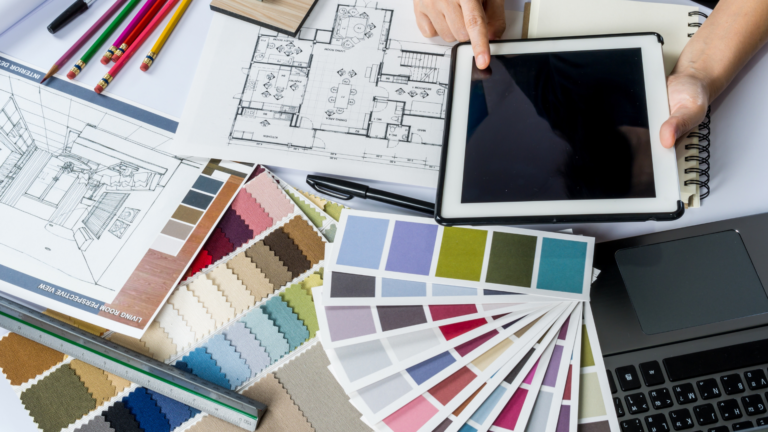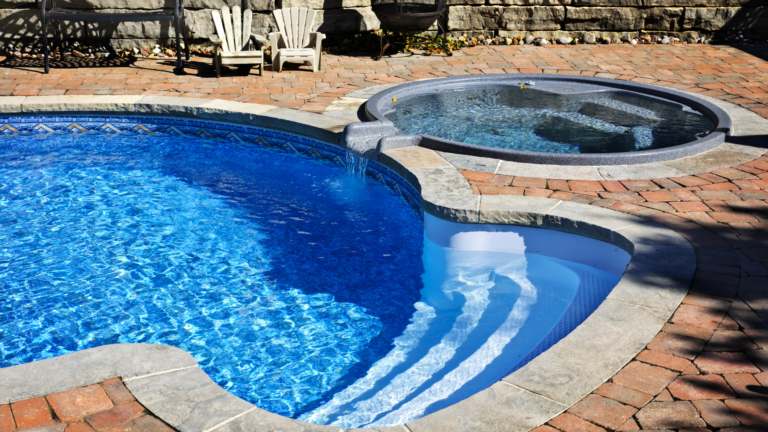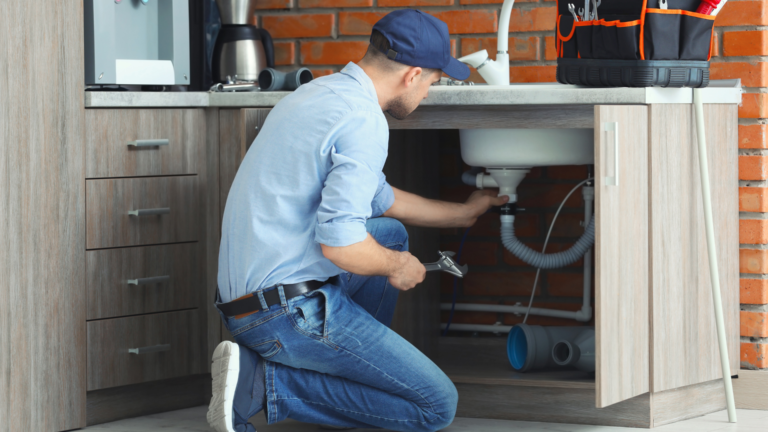Welcome to our latest home DIY project – putting in a garden pond! If you’re looking for a way to add some tranquillity and natural beauty to your backyard, installing a garden pond might be just the ticket. Not only does it provide a focal point for outdoor gatherings and relaxation, but it also creates an ecosystem that can support aquatic plants and wildlife.
In this blog post, we’ll walk you through the steps of building your very own garden pond, from planning and excavation to filling it with water and adding fish or other aquatic creatures. So roll up your sleeves, grab your shovel, and let’s get started!
Why Have a Garden Pond?
A garden pond can be a beautiful and serene addition to your backyard. It can provide a place for wildlife to visit and can be a great way to relax after a long day. Here are a few reasons why you may want to consider adding a garden pond to your home:
- If you’re looking for a way to add some beauty and tranquillity to your backyard, a garden pond is a great option. Whether you choose to add plants, fish, or other wildlife, a pond can bring your yard to life.
- You have the opportunity to work on your backyard to create a beautiful landscape, with your pond as the focal point. What’s more, you could take this up as a DIY project or employ the help of professionals from CKC Landscaping or similar agencies too. By working on your yard around the pond, you can create yourself a little haven and boost the value of your property as well.
- If you’re an animal lover, you may want to consider adding a garden pond so that local wildlife has somewhere to visit. Birds, frogs, and other small animals will love having a place to cool off or take a drink of water. Just be sure to include some rocks or logs so that they have somewhere to perch.
- After a long day at work, it can be nice to come home and relax in your backyard oasis. If you have a garden pond, you can simply sit back and enjoy the peaceful sound of running water. You may even find that meditating by your pond helps reduce stress levels.
What Size Pond Do You Need?
If you’re contemplating the addition of a pond to your home’s landscaping, it’s crucial to carefully determine the optimal size that suits your space. First and foremost, assess the available space in your yard or garden, taking into account dimensions and the proximity of any existing structures or features. Consider the types of plants and animals you intend to incorporate, recognizing that different species come with varying space requirements. For instance, goldfish necessitate at least 10 gallons per fish, whereas koi may require 20-50 gallons each. Additionally, ponder upon the purpose of the pond-whether it’s intended as a visual focal point or if you aspire to attract wildlife or facilitate activities such as swimming. This consideration will guide you in determining whether a smaller pond will suffice for aesthetic purposes or if a larger pond is required to accommodate diverse functionalities.
That being said, keep in mind that the bigger the pond the more time and resources you would have to dedicate in order to ensure its upkeep and maintenance to preserve its health. In general, pond fountains, aeration systems, and water filters may be necessary for larger ponds to maintain water quality and support a thriving ecosystem. This tends to be worth in the grander scheme of things as it means you can create a more stunning and dynamic aquatic environment.
Steps To Take Before Building a Pond
Ensuring proper drainage is a crucial step before constructing a garden pond, as it helps prevent issues like waterlogging and promotes a healthy pond environment. To address drainage concerns before building your pond, begin by assessing the existing drainage conditions in the chosen area. Make sure that water does not accumulate or pool in that location. If drainage issues are identified, take proactive measures such as regrading the area or incorporating drainage solutions like French drains. In cases where drainage problems persist, consider excavating the pond area more deeply to establish a better slope for water runoff. For more severe situations, the installation of drainage pipes, such as French drains or perforated pipes, may be necessary to redirect excess water away from the pond site. To enhance drainage, backfill the excavated area with gravel, as it allows water to permeate the soil and prevents waterlogging. These steps collectively contribute to creating an optimal foundation for a garden pond with efficient drainage.
Installing a garden pond often requires careful planning and preparation to ensure proper drainage and prevent future issues. For many do-it-yourself homeowners, assessing drainage needs and solutions may prove overly complicated. If you lack expertise in grading soil, installing drains or perforated piping, or cleaning the drain, it is wise to enlist the help of local plumbing professionals before you begin excavating or building your pond. Say, for instance, a company like DrainGo is local to Birmingham Al, and hence, similar firms can help evaluate your yard’s drainage requirements and terrain challenges. They can develop effective drainage plans and install the necessary infrastructure to route runoff away from the pond site.
Now, it’s time to start digging! If you’re not sure where to start, check out our step-by-step guide to creating a garden pond.
How To Build A Garden Pond
Embarking on a fun and relatively straightforward DIY project, such as installing a garden pond, can add charm to your home. To get started, carefully choose a location for your pond that receives ample sunlight and is clear of trees or shrubs, which could potentially damage the liner. In case you have found the perfect place but there’s a tree in the way, just call a jacksonville florida tree service company (or one near you) to get it removed.
Decide on the size and shape, aiming for at least 2 feet in depth and 10 feet in width. Gather the necessary supplies, including a liner, pump, tubing, rocks, gravel, and aquatic plants. Begin by clearing the designated area, removing any debris or vegetation. Place the liner in the dug hole, filling it with water to check for leaks, and promptly patch any identified holes with Sealant. Enhance the aesthetic by adding gravel and rocks around the pond’s perimeter, using larger rocks to create a protective ledge. Finally, plant aquatic flora around the pond’s edge or in pots, ensuring sufficient space for fish to swim. Complete the project by filling the pond with clean water and plugging in your pump, bringing your newly installed garden pond to life.
Planting Your Garden Pond
Creating a garden pond for your home opens up a realm of possibilities, but before you can introduce fish and other aquatic life, proper setup is paramount. Here are some essential tips for planting your garden pond. Begin by carefully selecting a sunny location for your pond, ensuring it’s free from potential debris-dropping sources such as trees or shrubs. Additionally, make certain the chosen area is level to provide an even surface for your pond. Once the ideal spot is chosen, prepare the area by clearing away debris, removing any unwanted grass or weeds, and confirming the ground’s levelness. Moving forward, proceed to dig the hole for your pond, adjusting the size based on your desired dimensions. After digging, line the hole with a layer of sand or gravel to fortify against potential leaks, ensuring a sturdy foundation for the flourishing ecosystem you envision.
Now it’s time to start adding plants and rocks to your pond! Make sure to choose plants that are safe for fish and don’t require too much care (such as water lilies). You can also add rocks around the edge of the pond for extra decoration and stability.
Installing a garden pond is an exciting and rewarding home DIY project that can bring beauty, tranquillity, and increased biodiversity to your outdoor space. With some basic knowledge and planning, you will be well on your way to creating a stunning feature in your garden or yard that you can enjoy for years to come. Don’t be afraid to take the plunge – with the right preparation, it’s easy to create an aesthetic and low-maintenance pond at home!






